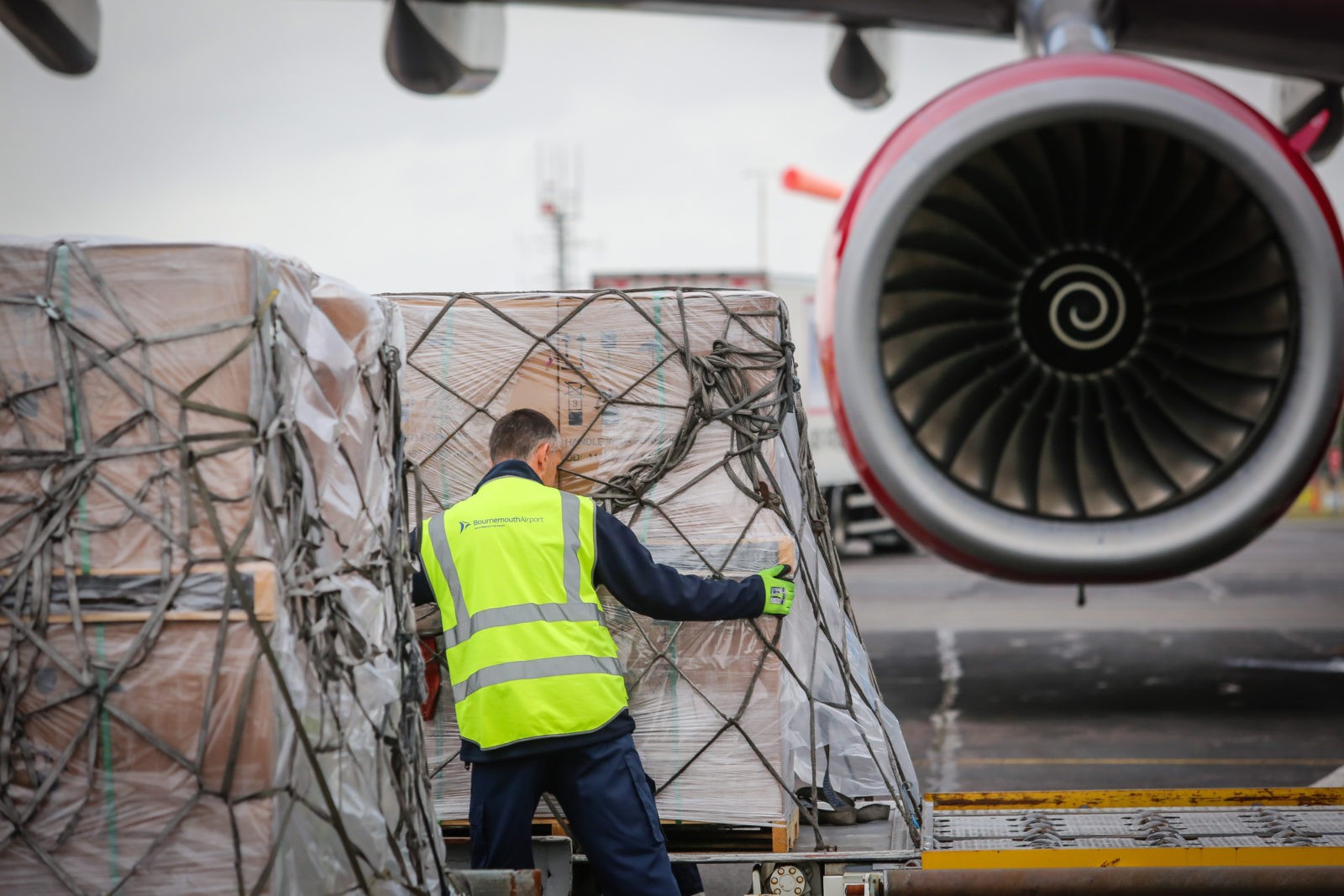
27-February 2024
Airfreight accelerates e-commerce boom
(Reproduced from: Air Cargo Week, 26th February 2024, page 8 https://content.yudu.com/web/1p1u/0A1pt4/acw260224/html/index.html)
The pandemic served to boost e-commerce demand and the permanent shift in retailing away from physical stores in a number of major countries has continued to contribute towards this growth.
While Far East Asia has been the primary source of the demand for e-commerce operations at present, there have been temporary surges over the last few years in countries, such as India and Turkey, looking to fill manufacturing gaps caused by a locked-down China.
“What we’ve seen in the background is therefore a fundamental shift in the logistics chain – including, most fundamentally, a cranking up of the necessity of speed of delivery. Air cargo has, therefore, stepped up significantly over the last three years in particular in terms of playing its part,” Bob Matharoo, Cargo First’s Head of Cargo, stated.
“We appear to be in a ‘settling’ period at the moment, where focus is stabilising on the Far East. Stabilisation being the key word here: it is only the e-commerce sector that is really driving significant growth, and arguably it will remain this way for the foreseeable future.
“However in the medium to long term it is fair to expect that other world regions such as South America are likely to become increasingly important players.”
Changing practices
Cargo First and Bournemouth Airport have made no secret of the fact that it has focussed on the e-commerce market as that critical growth area. That doesn’t mean that they’ve ignored other sectors. The phenomenon of produce and dispatch to order almost on a day-by-day basis is becoming the standard modus operandi for a lot of other sectors – perishables being another good example.
Big, global names such as Amazon and Temu have been among the key drivers in the e-commerce space, although in the post-pandemic pivot to online shopping, almost every retain brand now interacts with airfreight.
“We see the absolute focus on speed of delivery being just as valuable and applicable to other types of freight as we develop,” Matharoo explained. “Being new, nimble and with a very simple operational structure, we’ve been able to keep processes efficient to ensure we deliver market-leading airport process times”
Diversification in Asia
While the effects of the China + 1 approach cannot be ignored, playing out in terms of elements of new demand starting to pop up from countries such as Vietnam and Thailand, the fact of the matter is that the e-commerce market is fundamentally driven by cost and scale.
On both fronts, the China market is difficult to beat: both the dynamism by which the market can quickly generate new manufacturing facilities and mobilise vast workforces, and also the significant growth incentives available from Chinese regional governments.
With reference to China as an origin country for e-ecommerce goods, it’s really key to note the growth of Chinese logistics companies and even e-tailers in the West,” Matharoo said.
“This means those that have invested in this way have greater control of the whole chain but also a long-term guarantee as to the sustainability of the market that they are fundamentally creating.
“For these reasons and more, China will remain by far the biggest driver for e-commerce market growth for the considerable time being,” he added.
Route rates
There is a range of factors that can influence airfreight rates. The initial jump in e-commerce demand experienced in 2020-2022 coincided with the mass global movement of covid-related medical goods – so the joint effect of those two elements acted collectively to push up rates.
“What we’ve seen since is a combination of continued high demand for e-commerce goods movement and high aviation fuel prices offset by a surge of capacity supply into the airfreight market, hence something of a dampening of airfreight pricing,” Matharoo explained.
“The point really is that whilst growth in e-commerce demand is clearly a factor in air cargo rates, the sector is just one of a number of very significant drivers at play.”
The continued high level of airfreight capacity supply compared to demand, even offset by high aviation fuel costs, is likely to dampen any material increase in rates.
“We expect to see continued very strong growth in the e-commerce sector this year, with likely a more pronounced peak in Q4 driven by the increased market penetration of the e-tailers,” he added.
“Fundamentally, however, we’re keen to see how the technology and efficiency benefits already exploited by e-commerce will be progressively employed by other sectors.
“At Cargo First – Bournemouth Airport, we’re determined to lead the way in terms of exploring these opportunities with prospective clients and demonstrate how we can collectively add value to logistics chains across an ever-wider range of sectors.”

